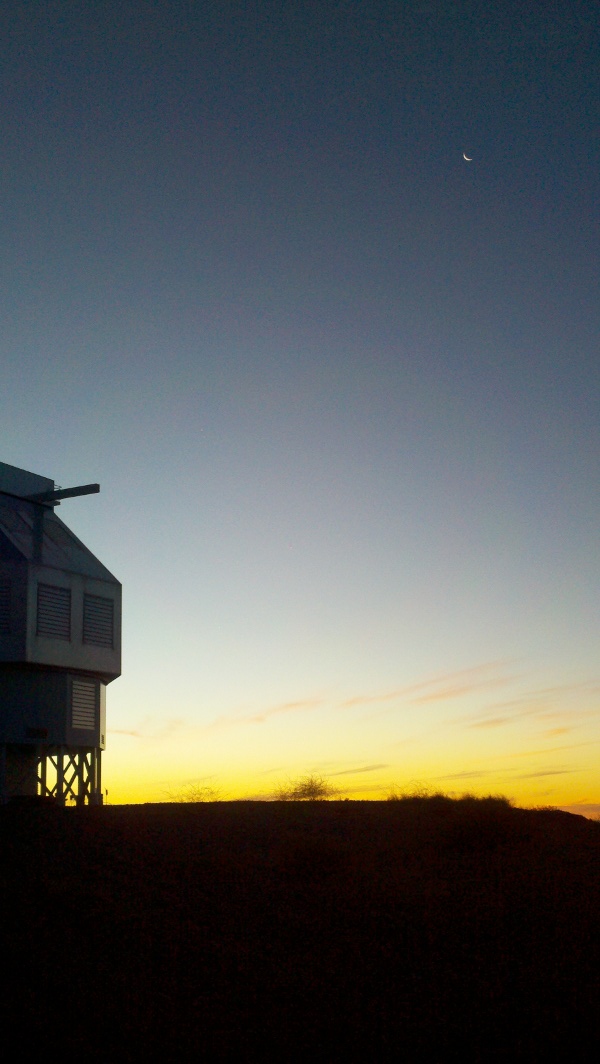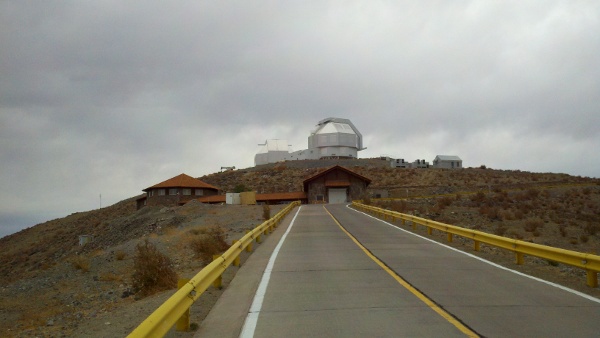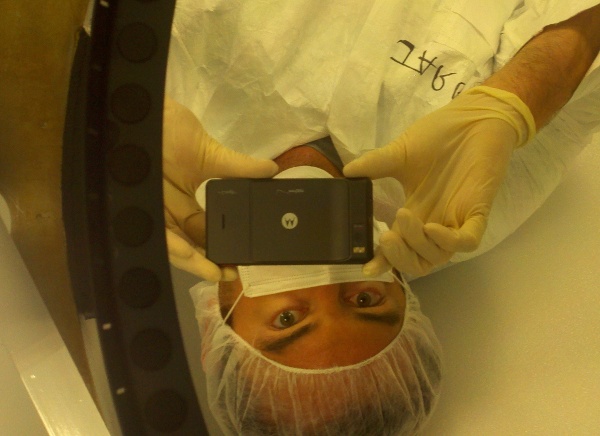The big story at LCO right now is the wind. It is strong enough that it’s hard to walk in a straight line. Here’s a plot of the last 24 hours:
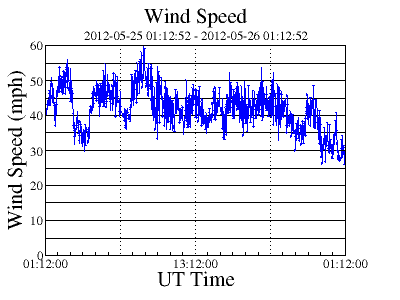
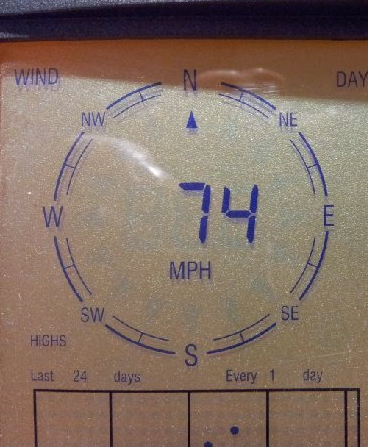
It’s still nice and calm in the cleanroom though, and we’re getting lots done. ASM testing continues apace.
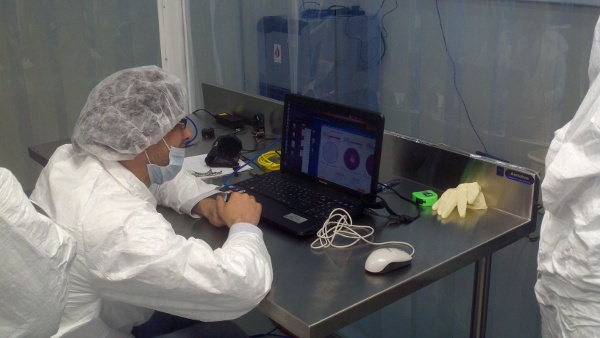

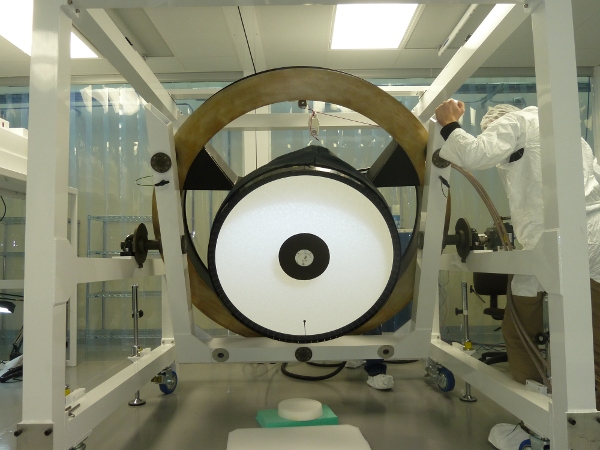
We finally mounted the W-Unit on the NAS today. Our wavefront sensor (WFS) is called the W-Unit because the light path makes a W. It is the instrument which actually measures atmospheric turbulence, and it also contains our visible wavelength camera, VisAO.
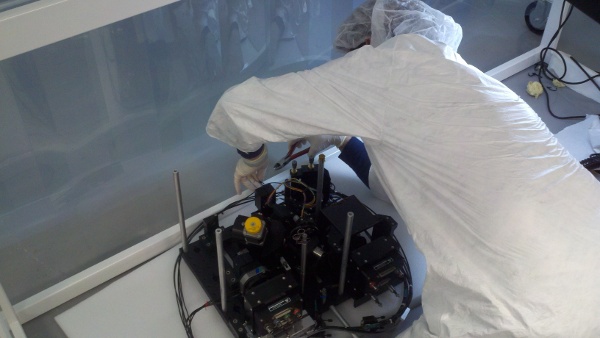
After a skype consultation with the W-Unit Master (Enrico Pinna), and with some help from Armando, we hoisted the board onto the X-Y-Z stage and bolted it down.
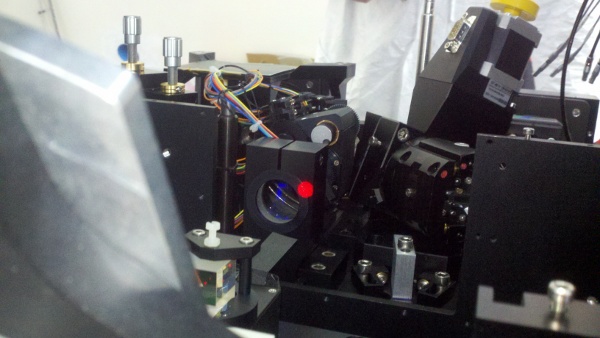
The boys from Microgate (Mario and Frederico) replaced a power supply in our “minicrate”, which provides high voltage power to our piezo-tip-tilt mirror and camera lens. We had developed a problem where those two components seemed to cross-talk, making a worrisome chatter under certain conditions. It’s fixed. Thanks guys.
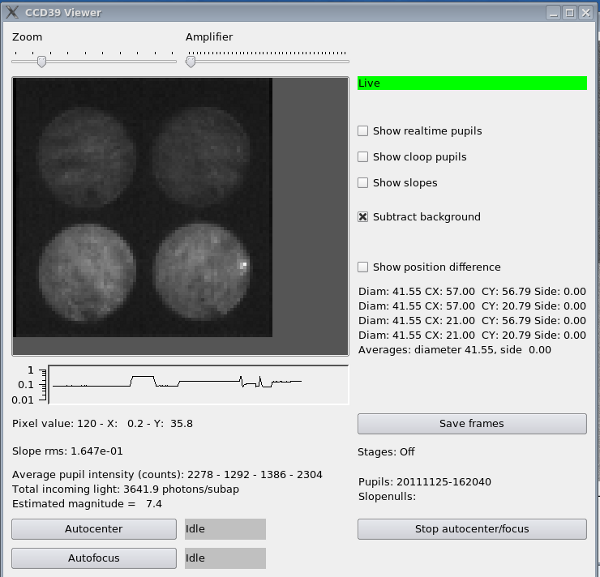
The side attraction for the last 24 hours has been the VisAO computer. This computer operates the VisAO camera – it saves the data from the CCD and controls focusing and filter selection. Shortly after mounting the VisAO box (containing the computer) on the NAS, the motherboard failed, specifically the hard drive controller. It is a matter of some debate what caused this – it’s been shipped from Tucson to Florence to Las Campanas, and taken apart and put back together many many times over the last 2 years, but mounting could also have stressed the box enough to damage the board inside.
I knew this was going to happen, because motherboards suck. I even carried a spare with me in my luggage because I knew this was going to happen. The brand new spare didn’t boot. Disaster. On a project of this size you might think of a $200 motherboard as a nothin’ part. But as a great man once said “It’s nothing ’til you don’t got one. Then it appears to be everything.”
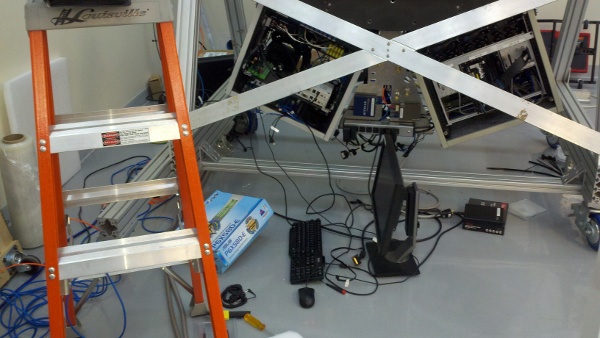
After trying everything else we could think of, we hacked together a solution out of a retired server and the PCI guts of VisAO. She’s limping along. The server used to be called “Vizcacha“, so I think VisAO now has a mascot.
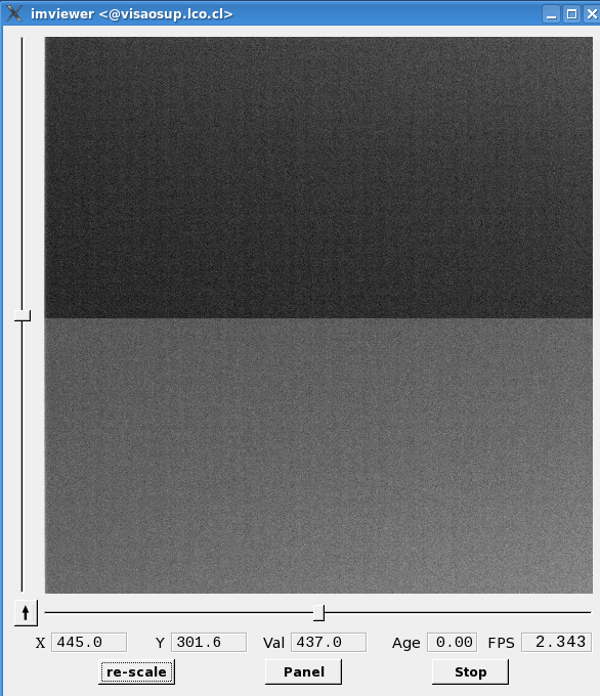
We have now turned everything on that we can think of and the only casualty is the motherboard. All of our motors spin or step, our mirror modulates, and our cameras take good data. We’ll do a bunch of rigorous checks over the next few days, but the initial indications are great.
